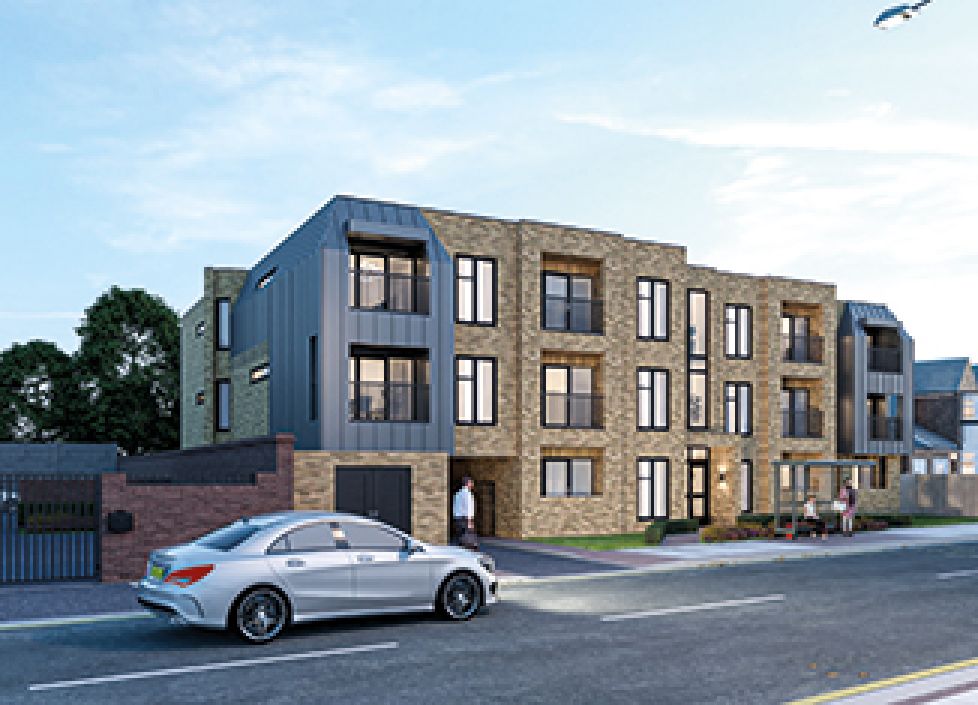UBS Asset Management says that returns for commercial property in the UK last year yet again exceeded most forecast expectations from a year ago and gives its take on the outlook for UK property in 2019 against an increasingly uncertain political and economic backdrop.
It its 2018 review, the firm states: ‘As we step into 2019, it seems an appropriate time to take stock and consider how the previous 12 months have panned out, what took us by surprise and what events we can expect to see throughout the year in the UK commercial real estate market.
‘We were comparatively bullish at the start of 2018, forecasting a total return of 6.5% ahead of a consensus view of 4.6% in our 1H 2018 UK Real Estate Outlook. And with the total return for the first three quarters of the year coming in at 5.2%, we would expect
the full year total to be relatively close to our expectations as the retail correction accelerates and industrial performance eases back slightly in the final quarter of 2019.
‘As with many other forecast providers we correctly predicted the sector order with industrial delivering by far the strongest returns, followed by offices and retail lagging behind. However, the scale of industrial outperformance has continued to take us by surprise. At the start of the year, we forecasted 12.8% for industrial against a consensus view of 9%, yet in the first three quarters of the year the sector already delivered a phenomenal 12.6%, following total returns of 20% in 2017.’
However, UBS does think that the bull-run for industrial may come to an end in 2019. It reports: ‘We would still position the industrial sector as the top performing real estate sector for existing assets within a portfolio. However, given the extremely high costs to enter this sector, it is very difficult to capture the future outperformance at a reasonable entry price. Anecdotally, we’re also hearing that affordability constraints are already limiting the upward pressure on industrial rents in some locations – we still have positive rental growth coming through, but easing back to around 2.5% per year.’




















